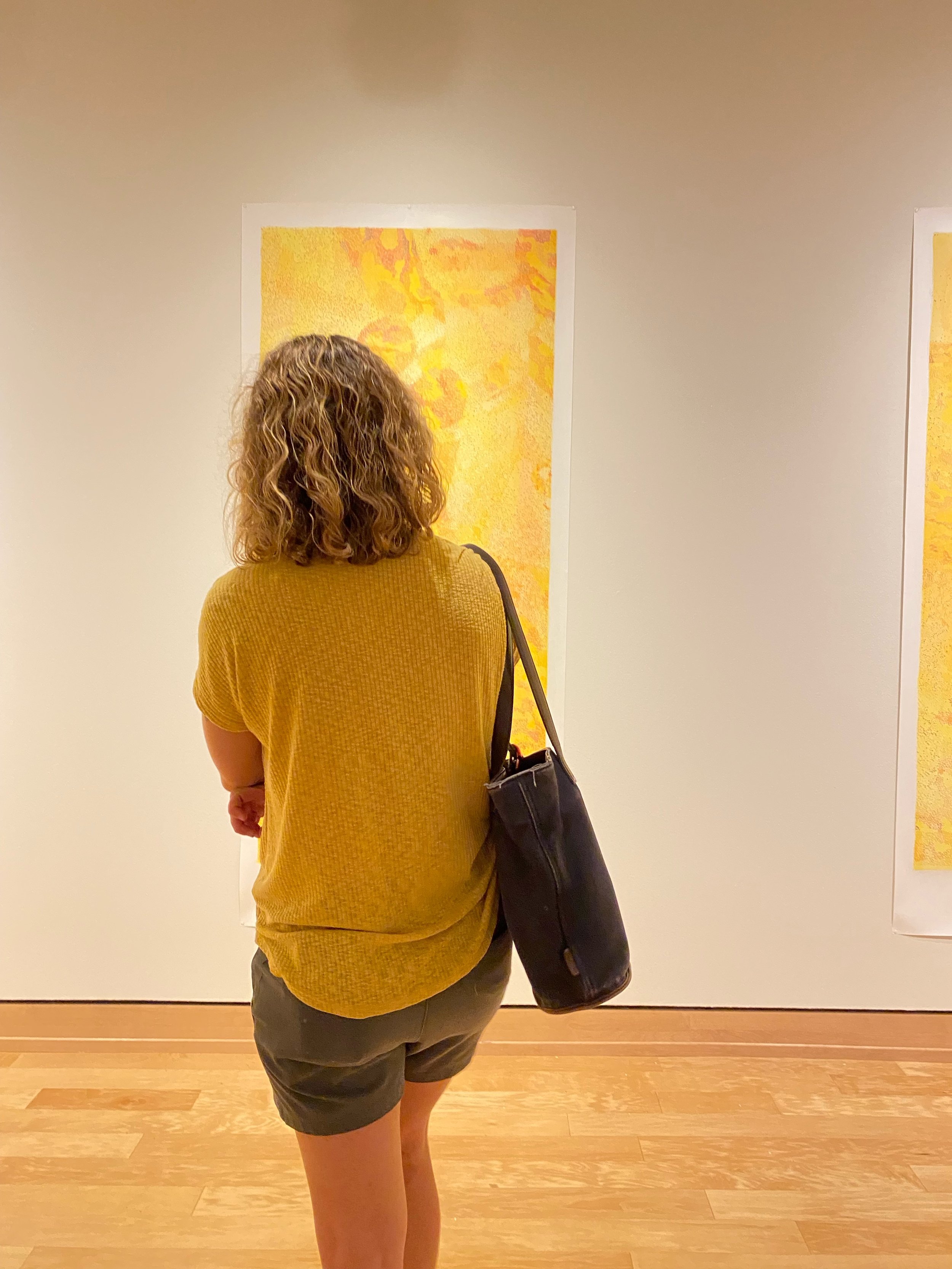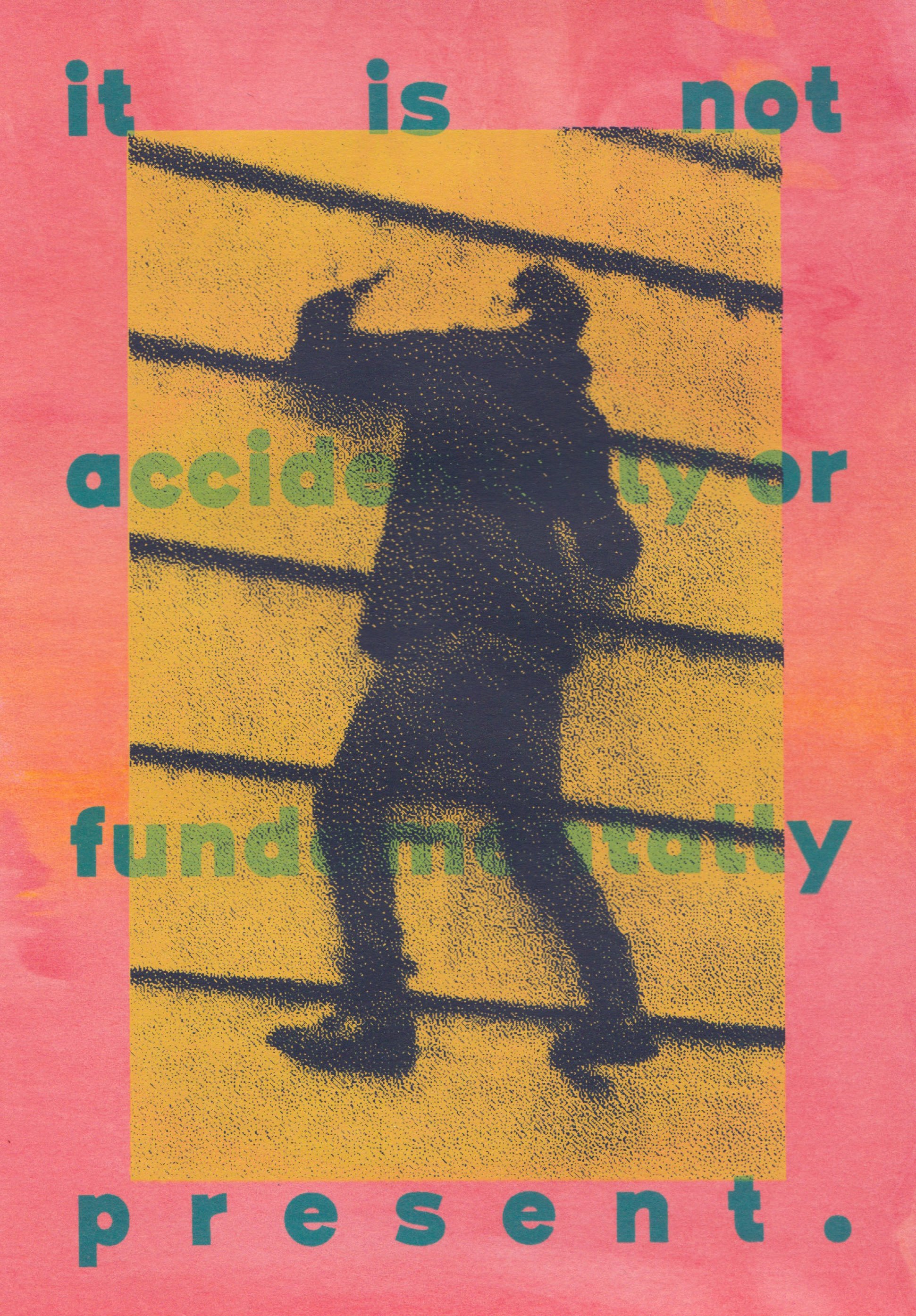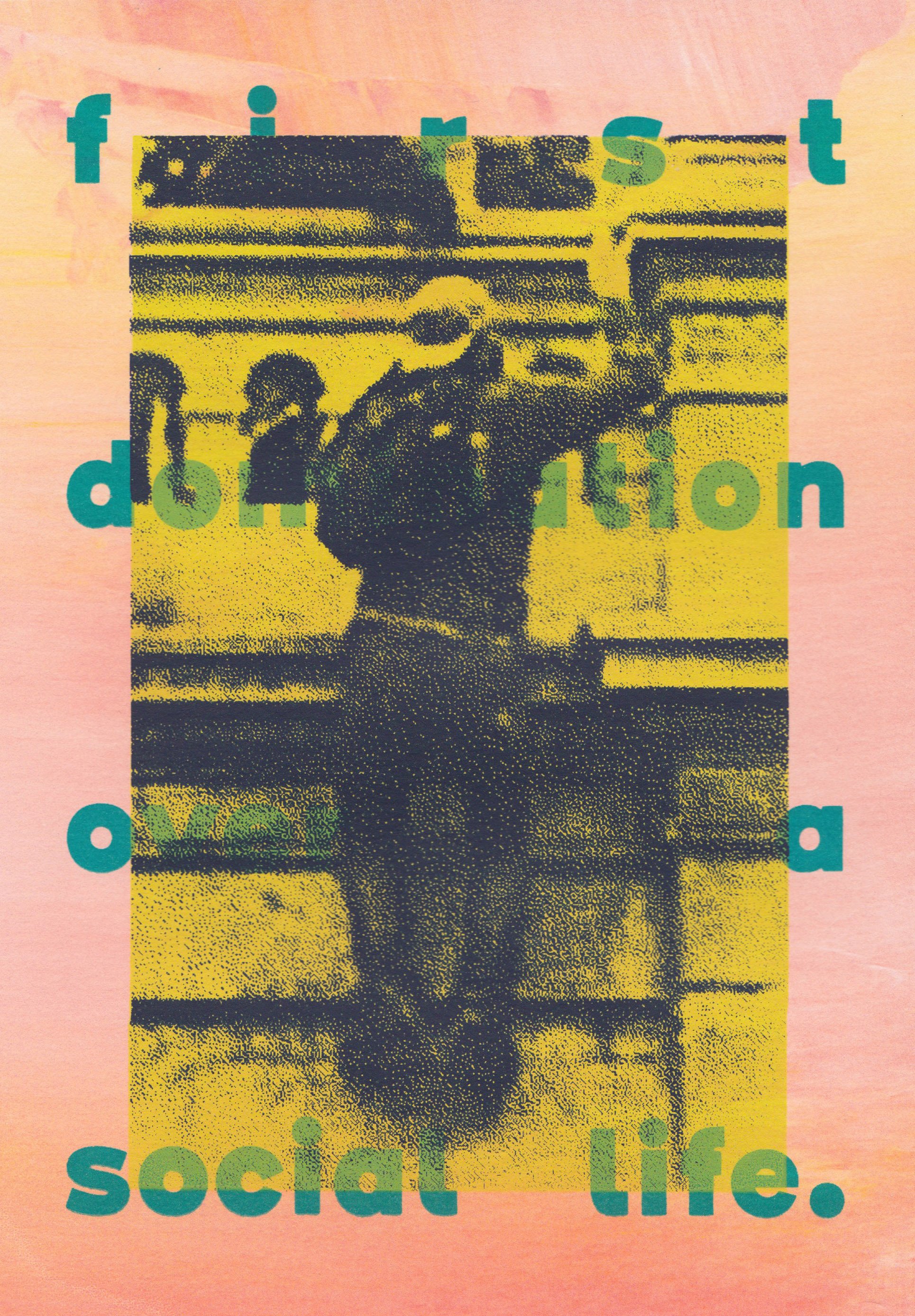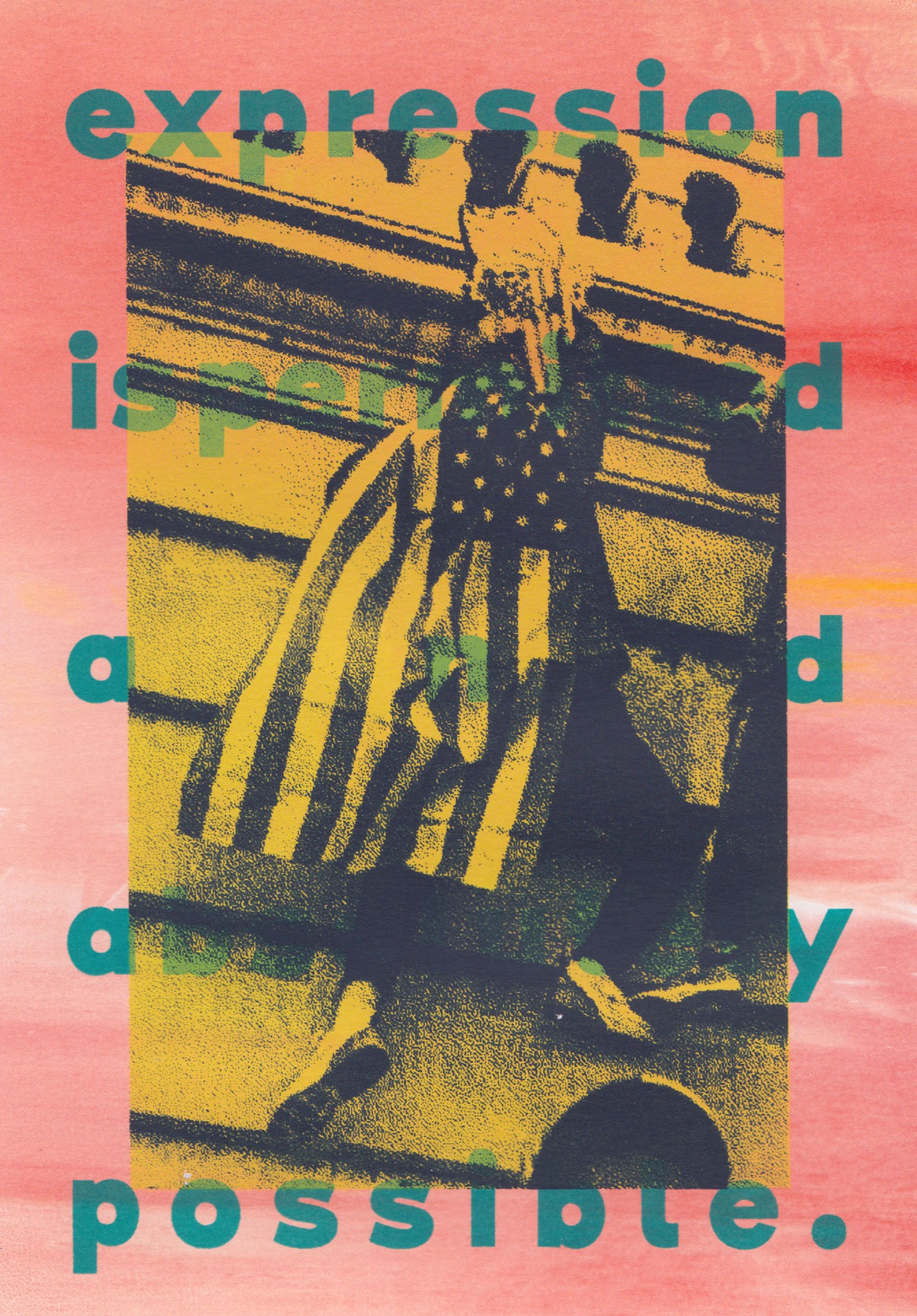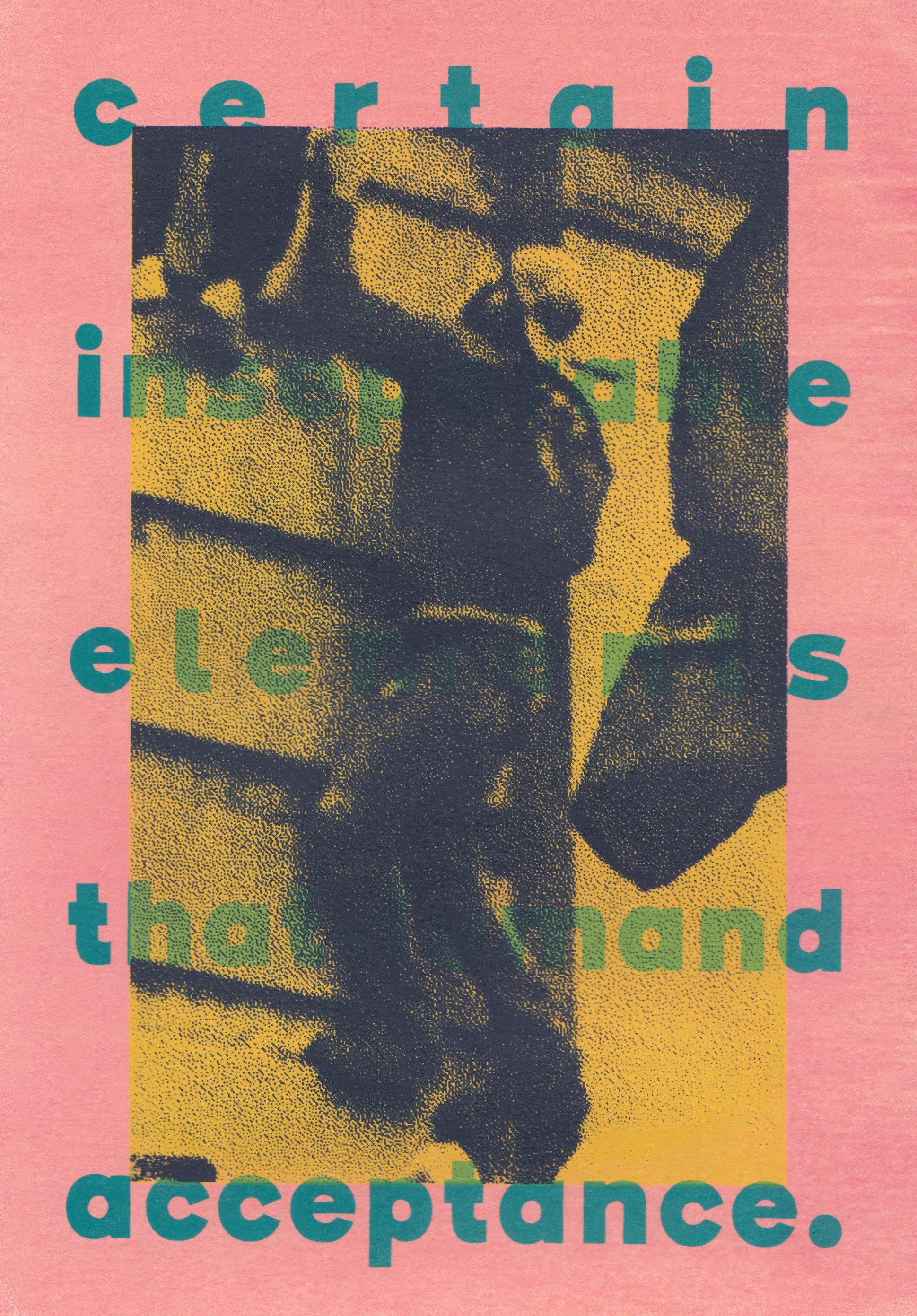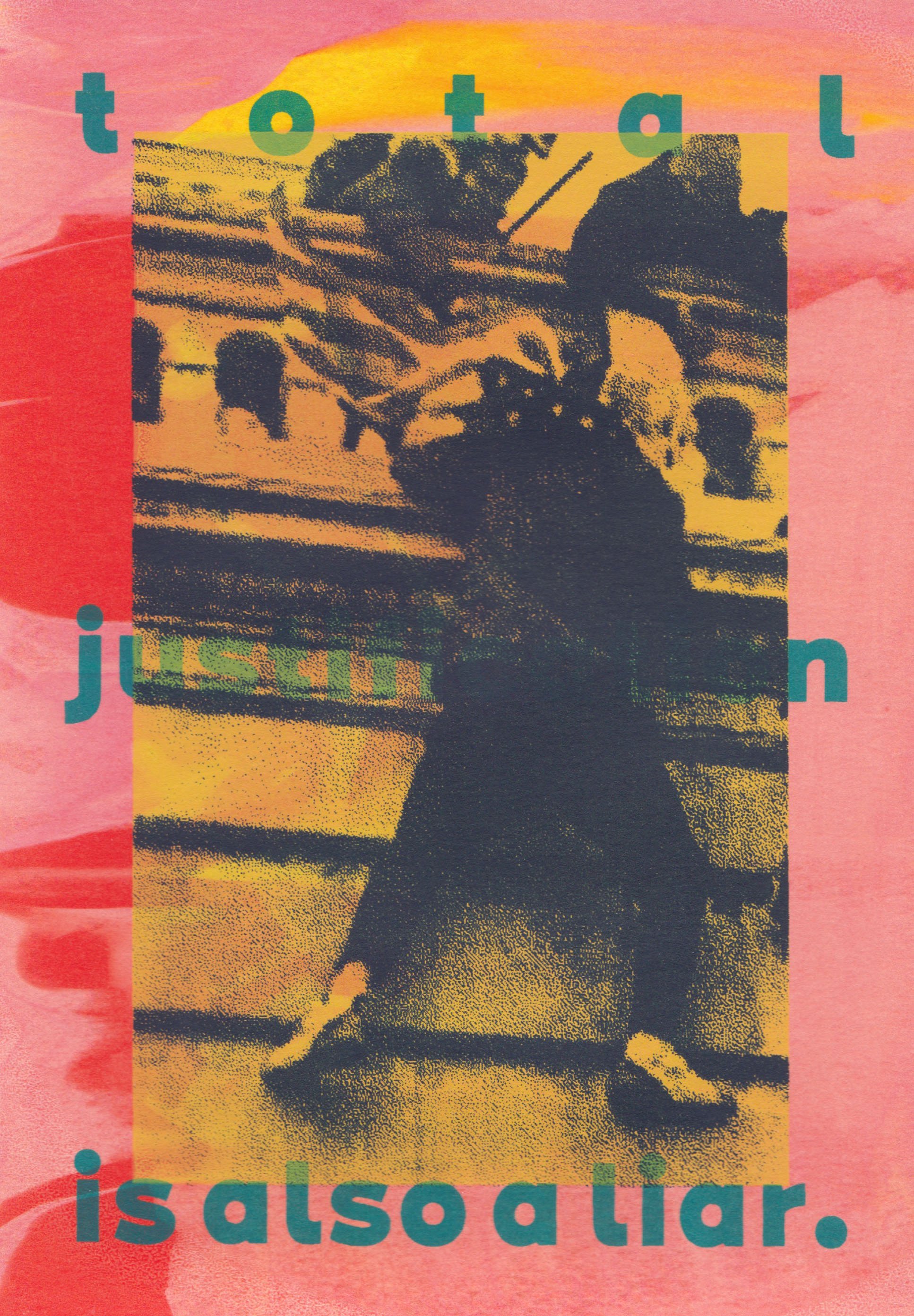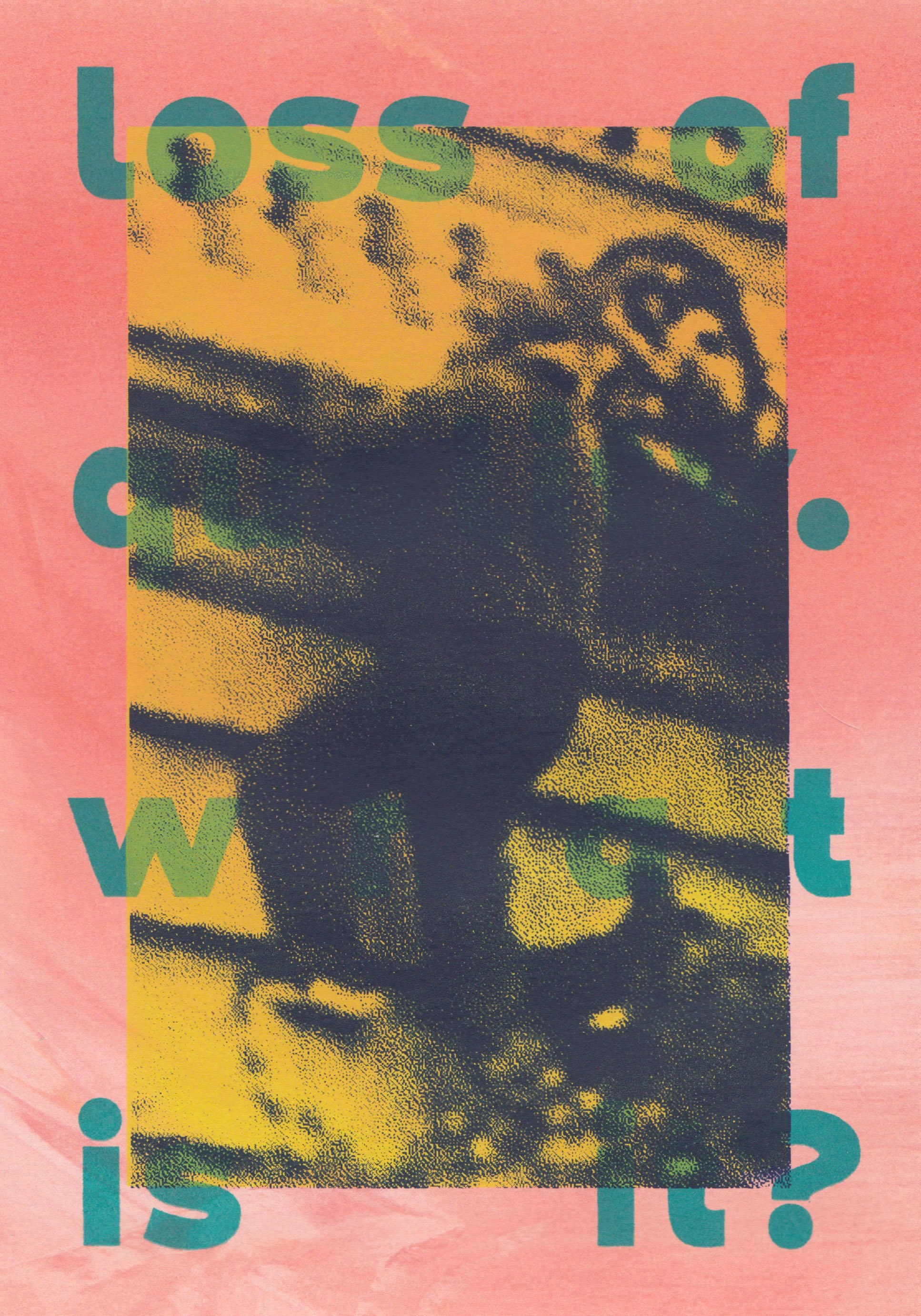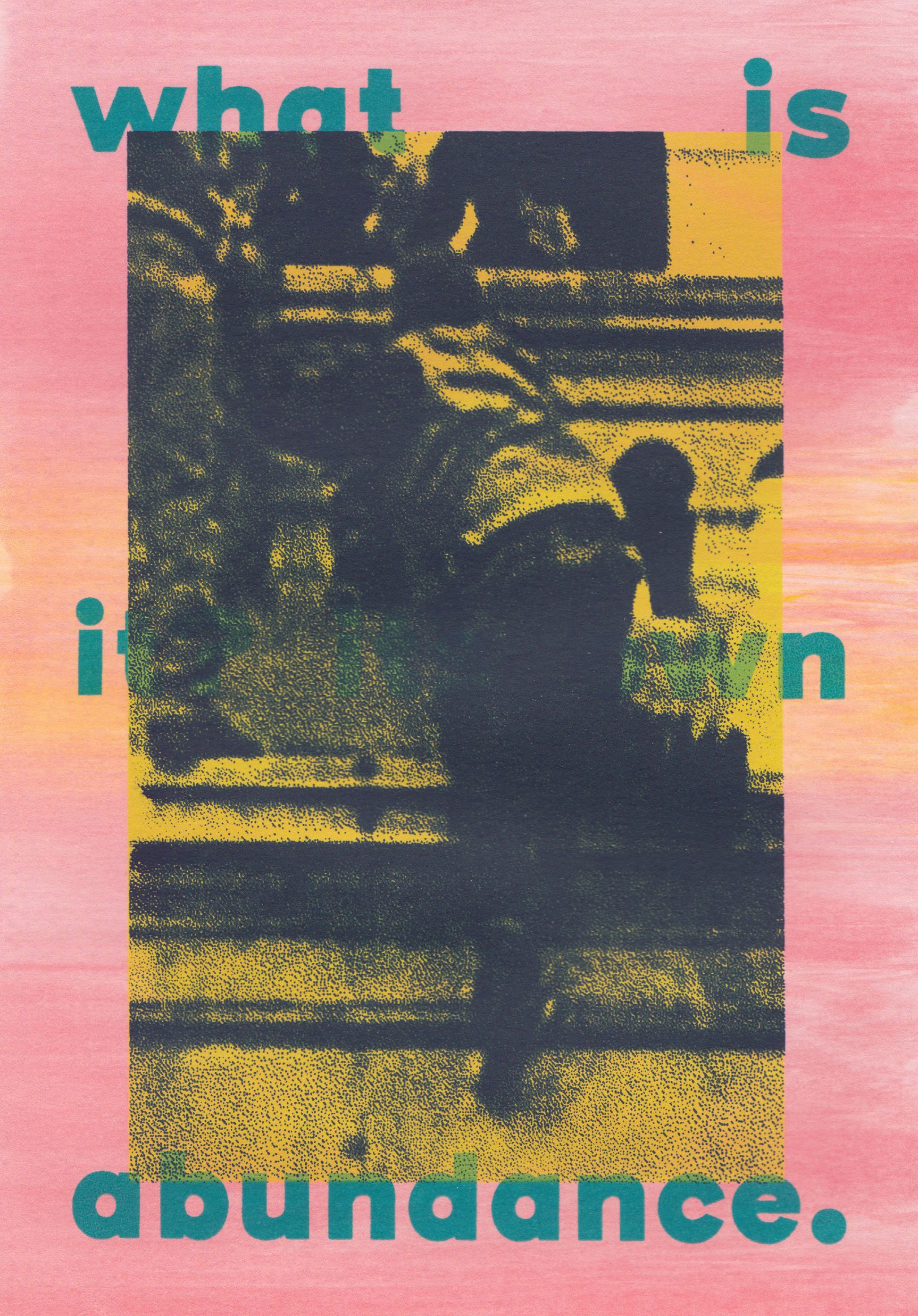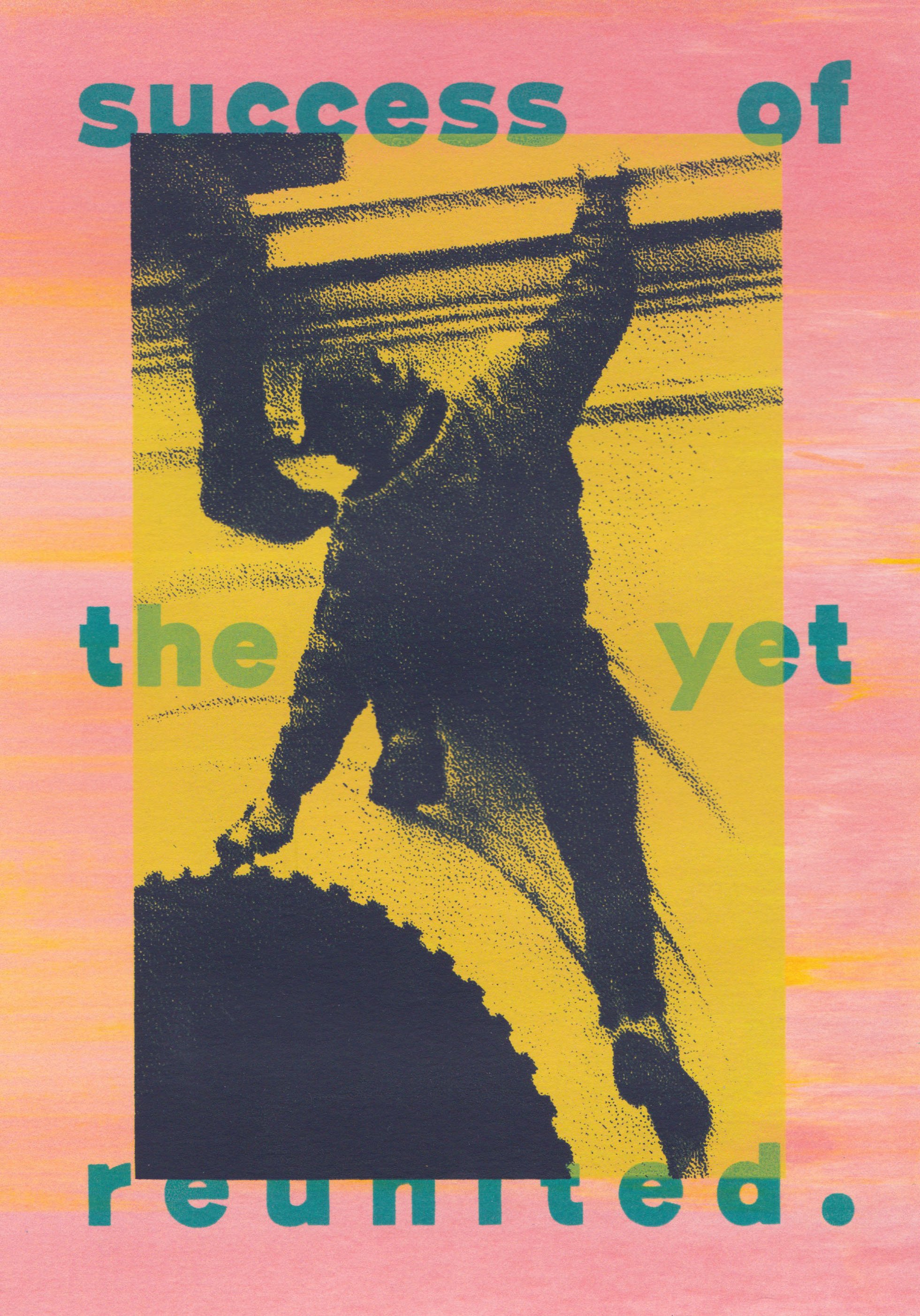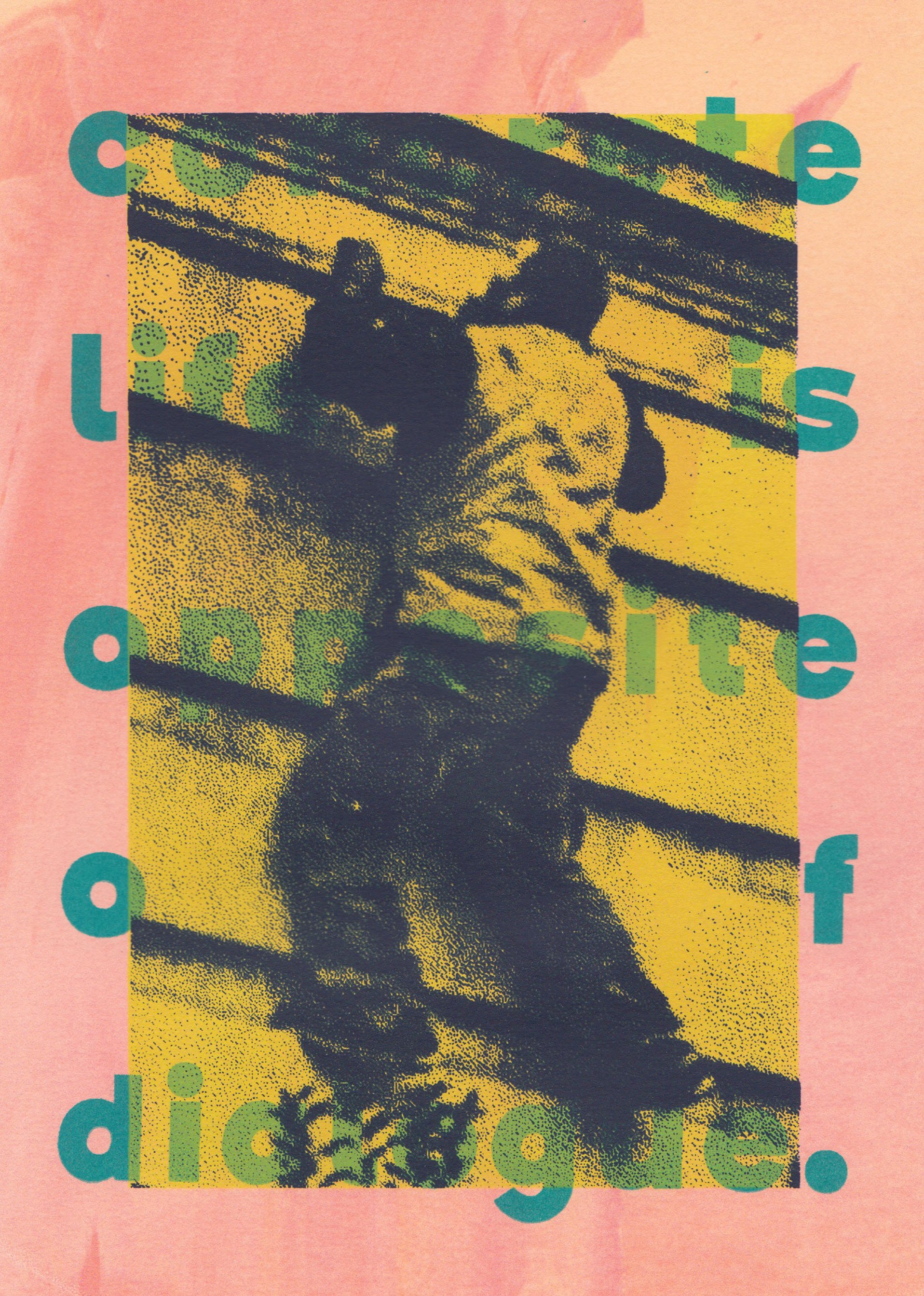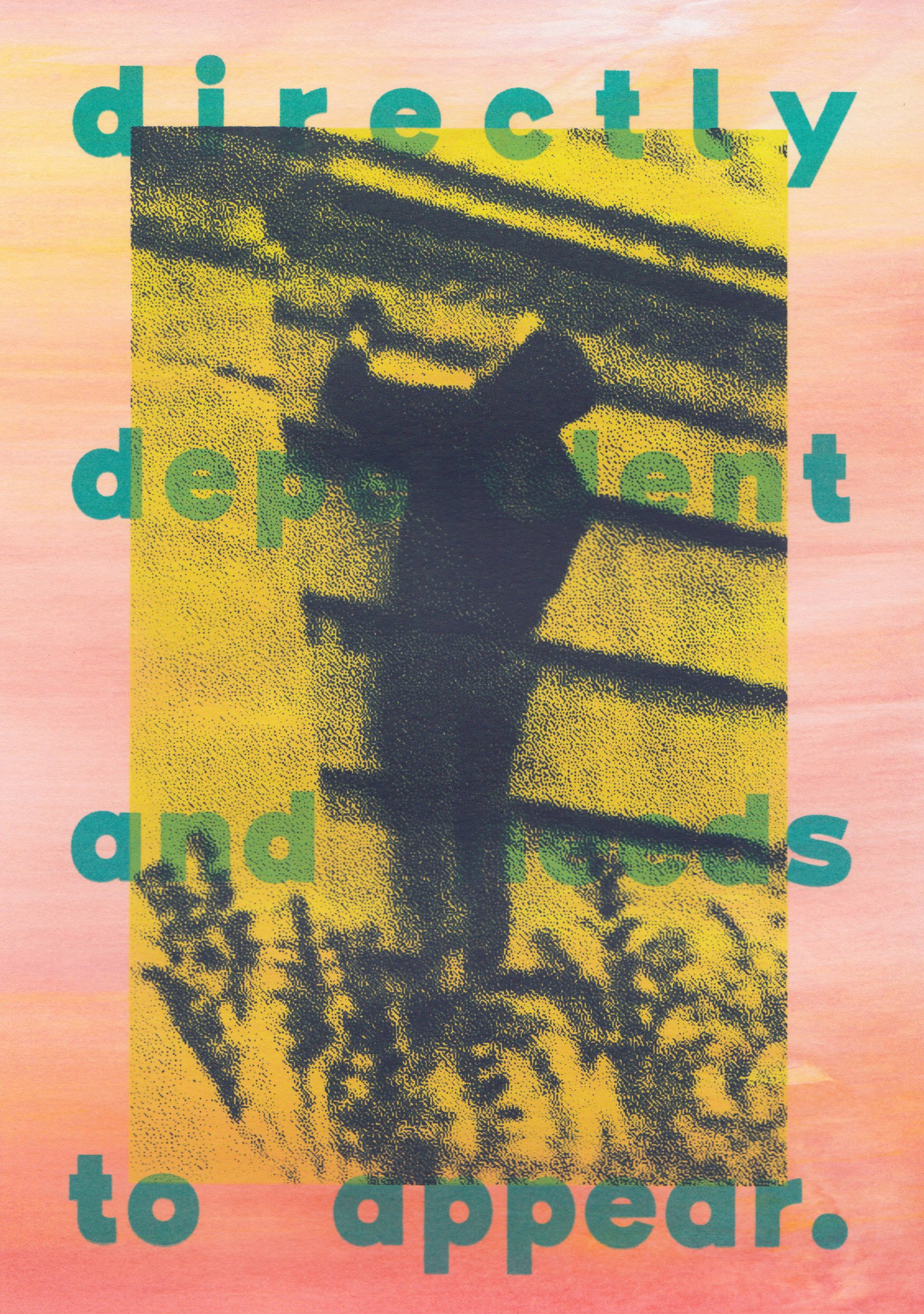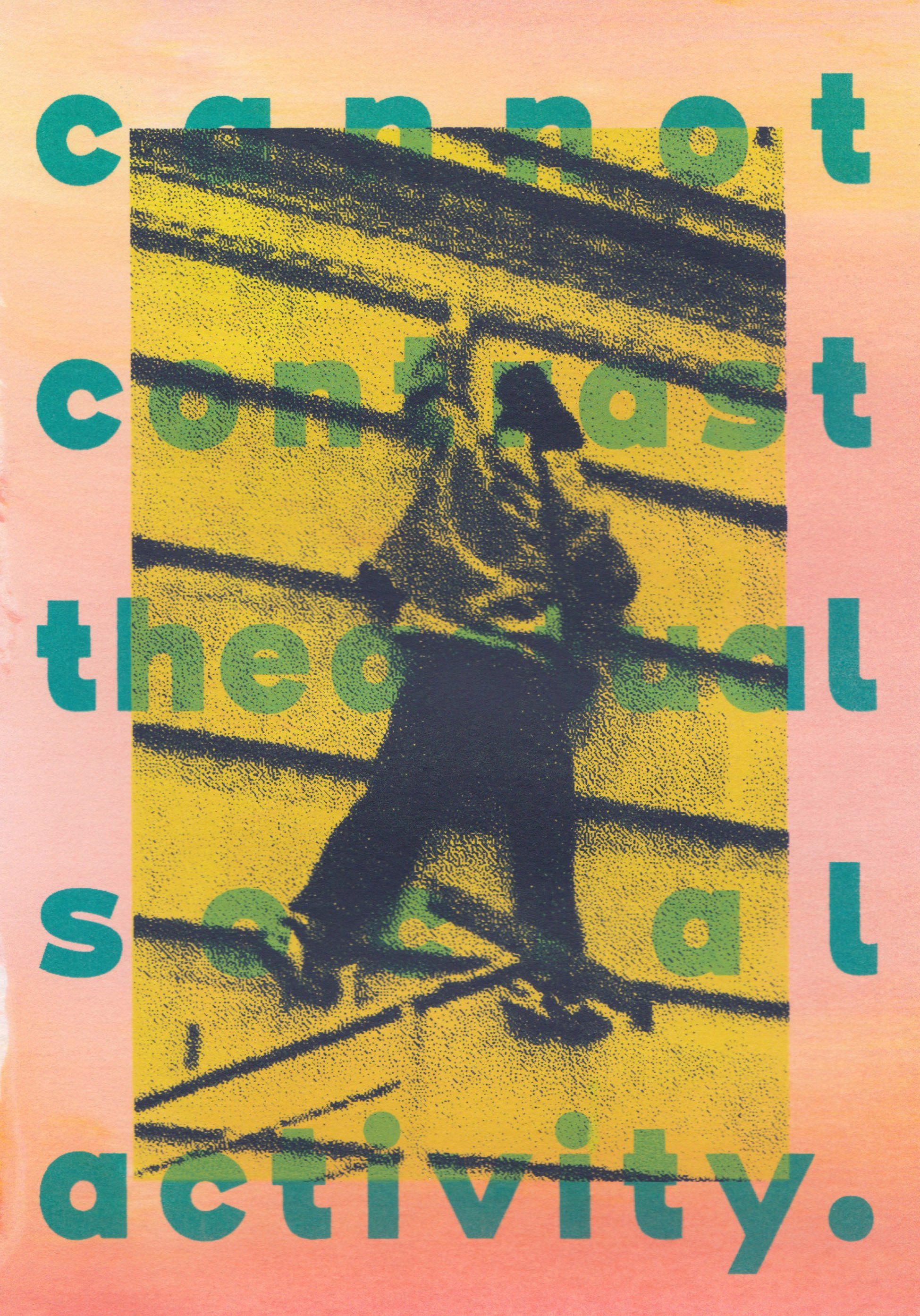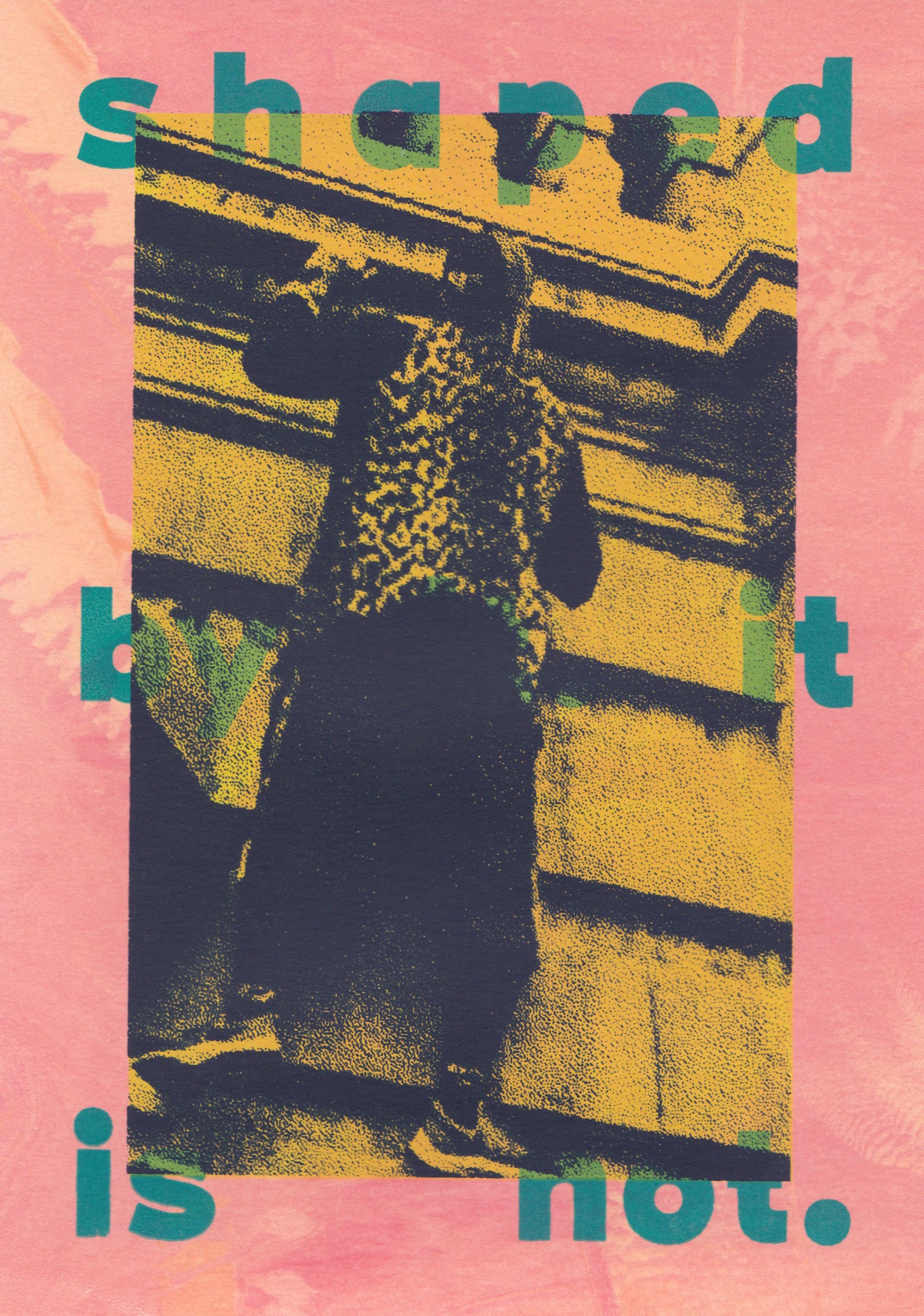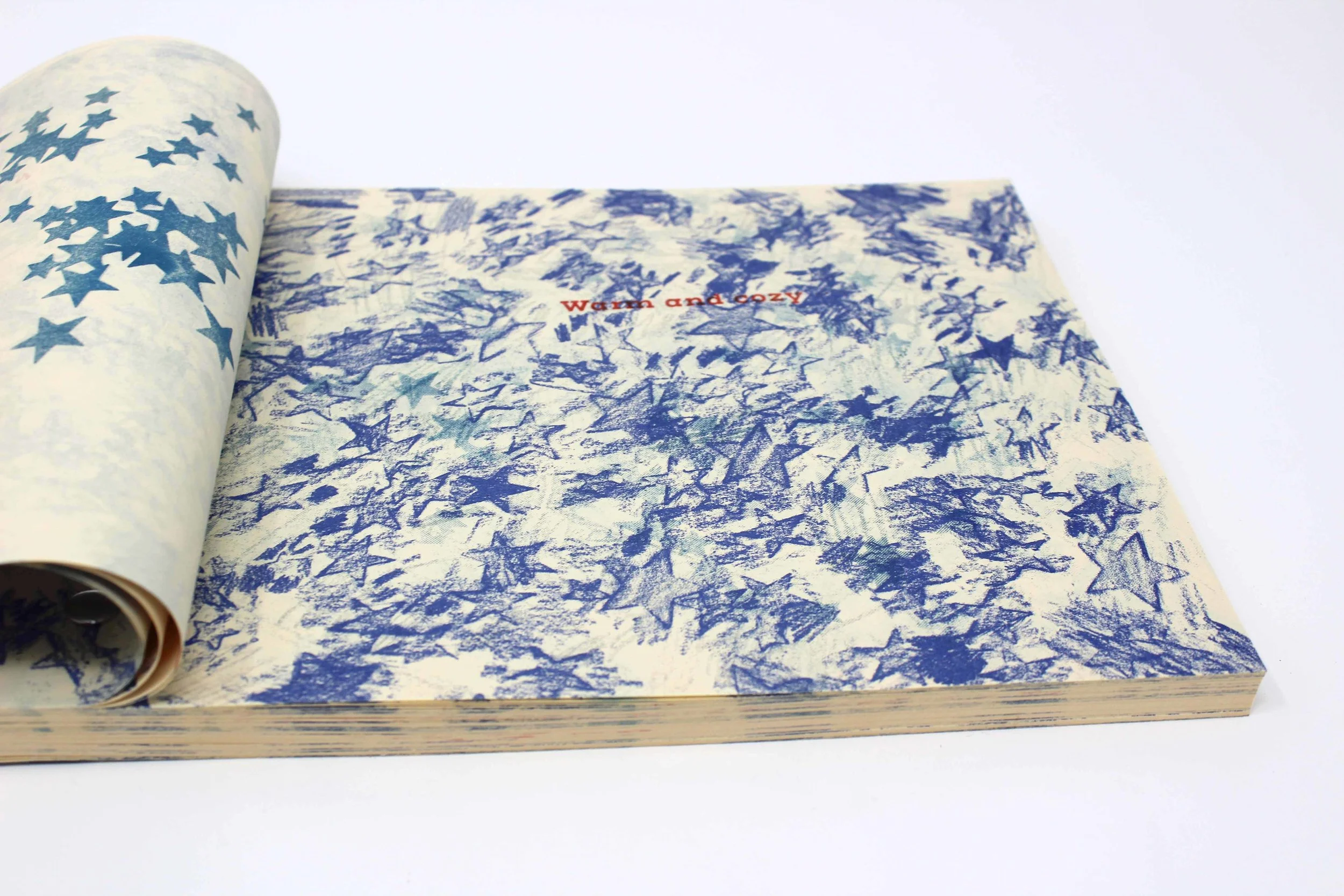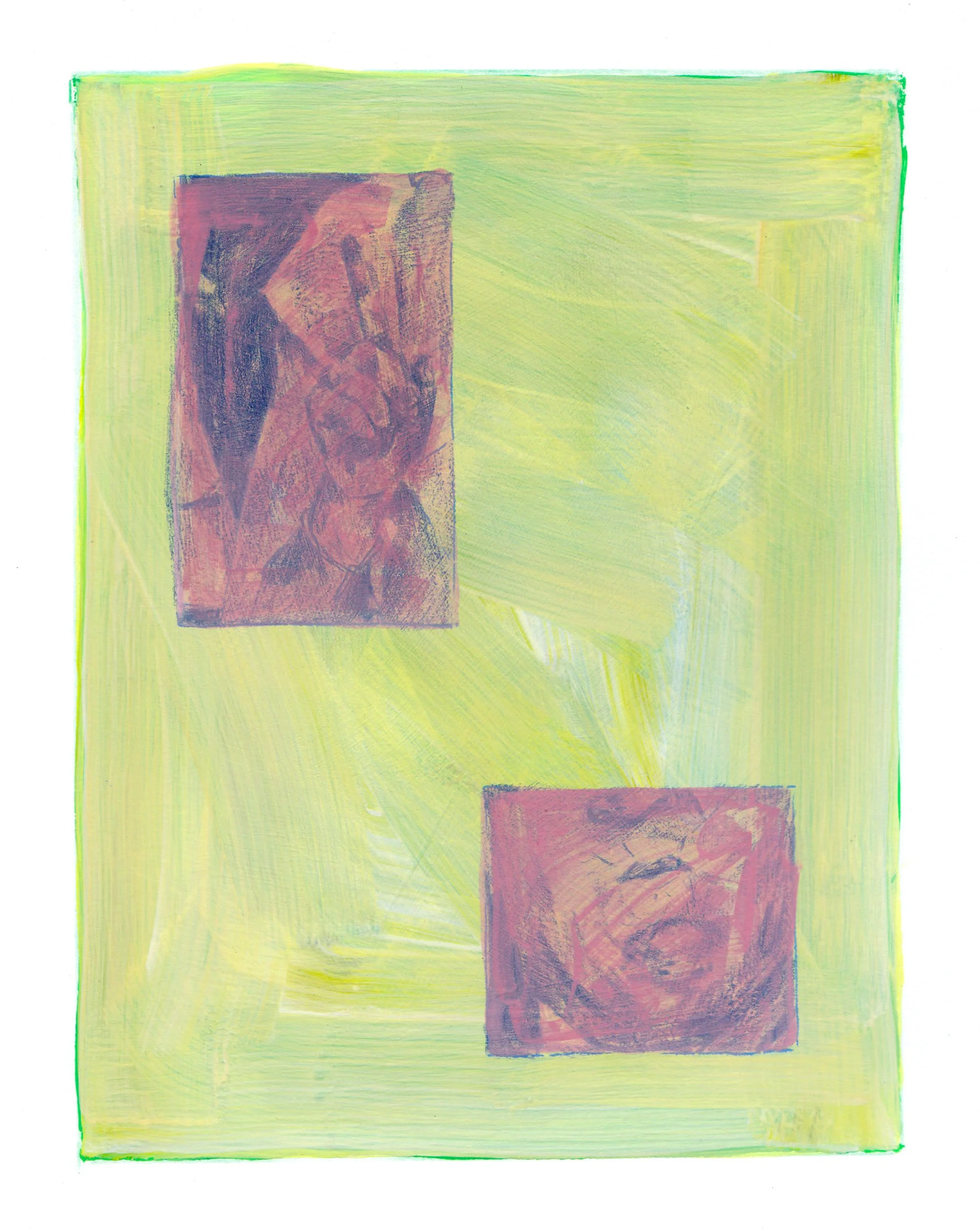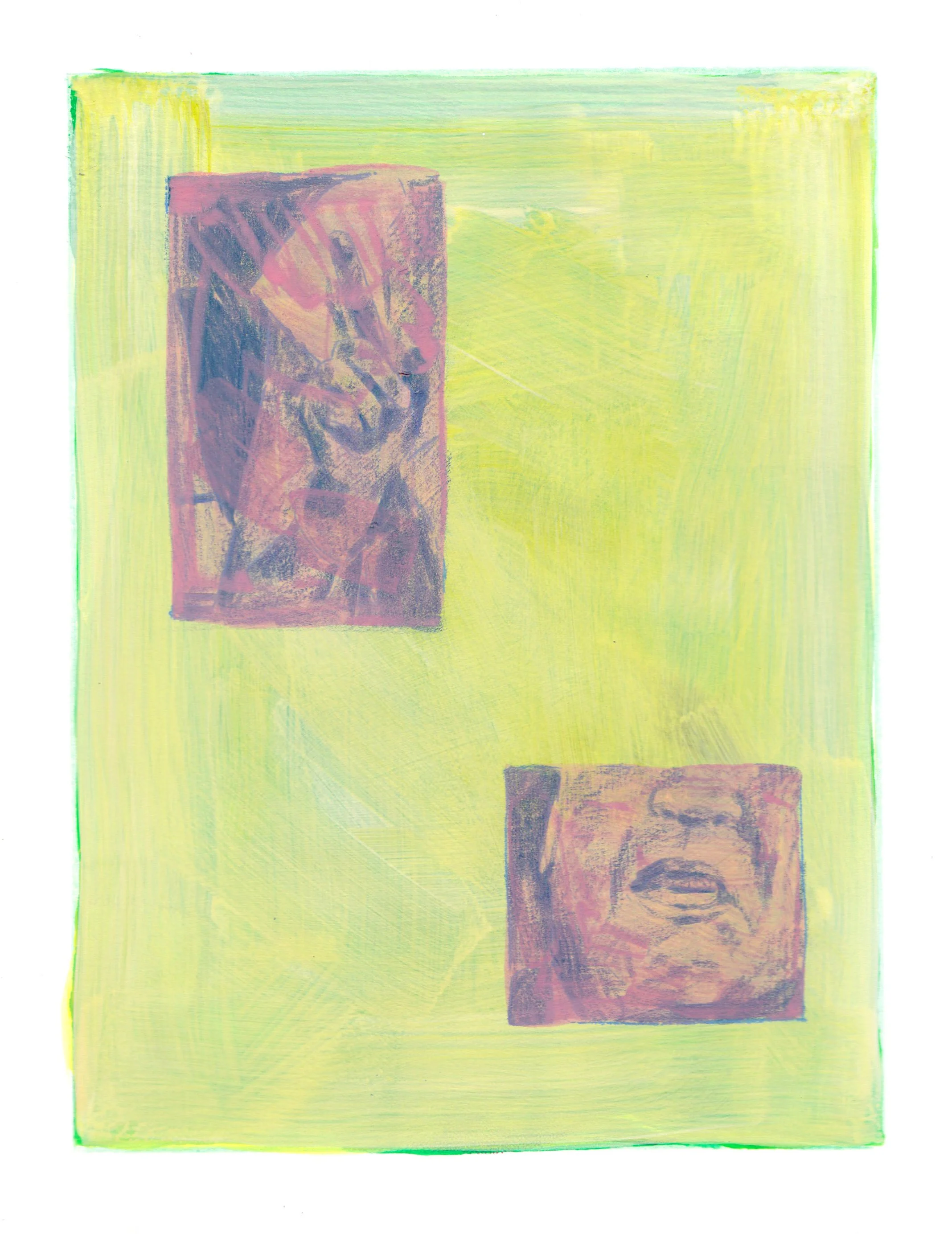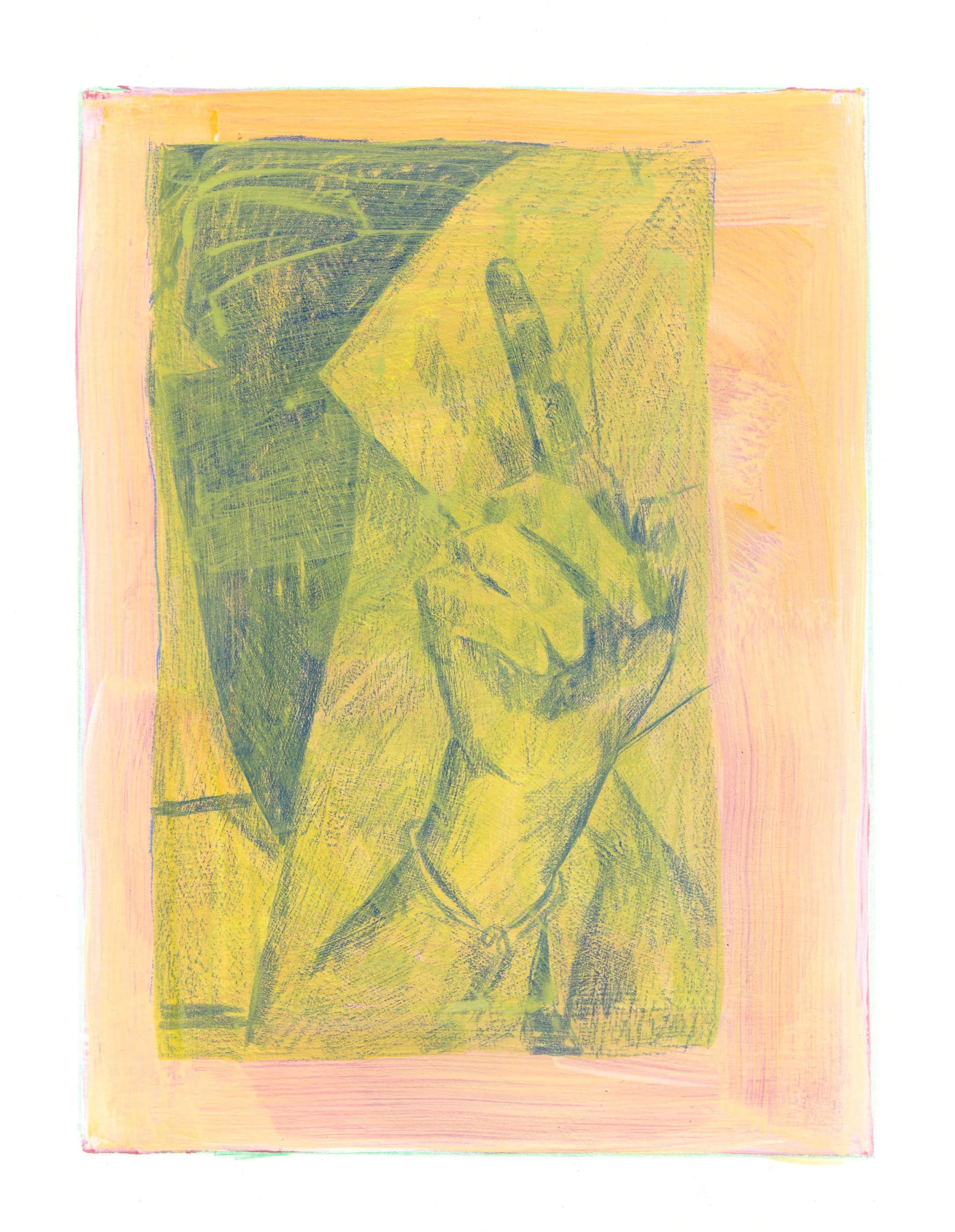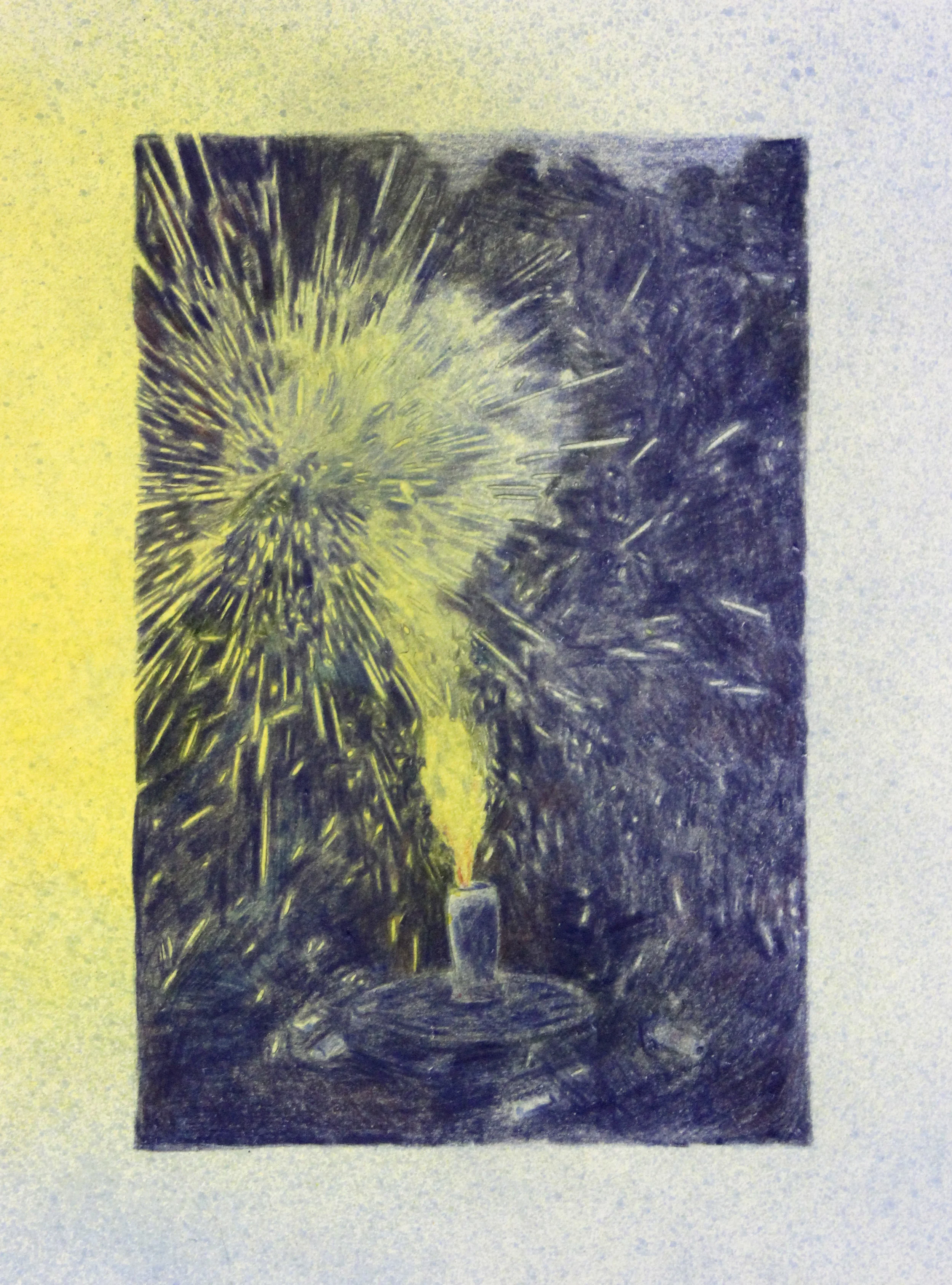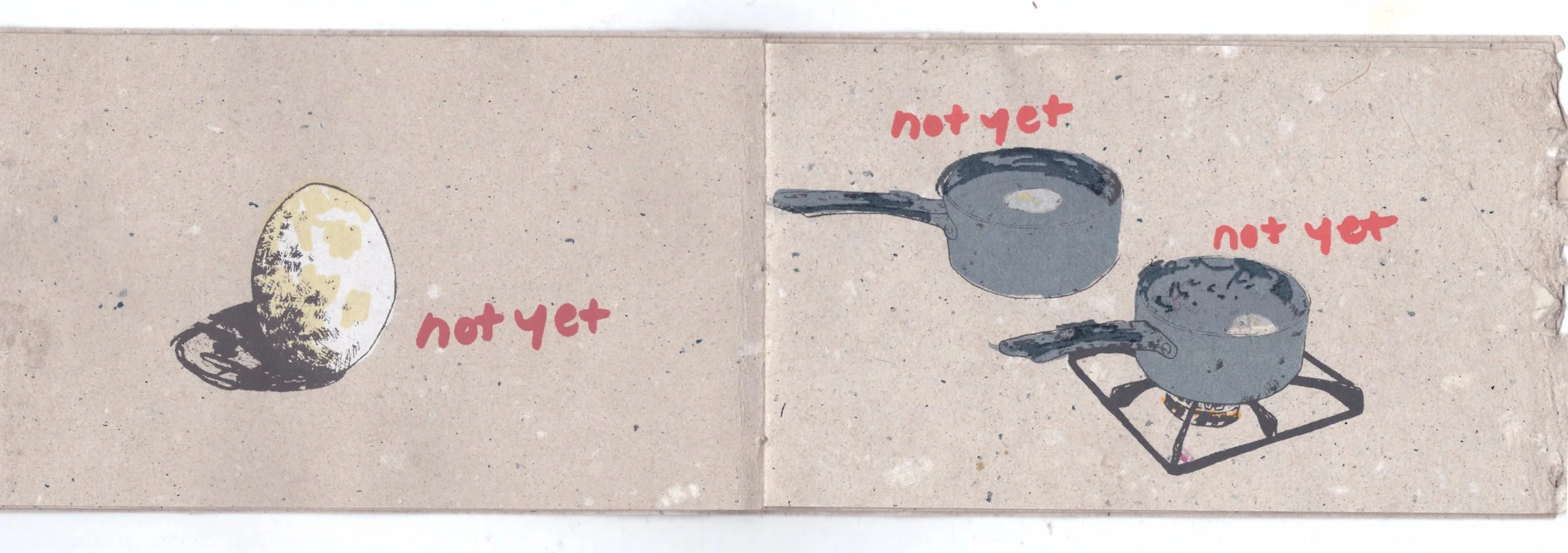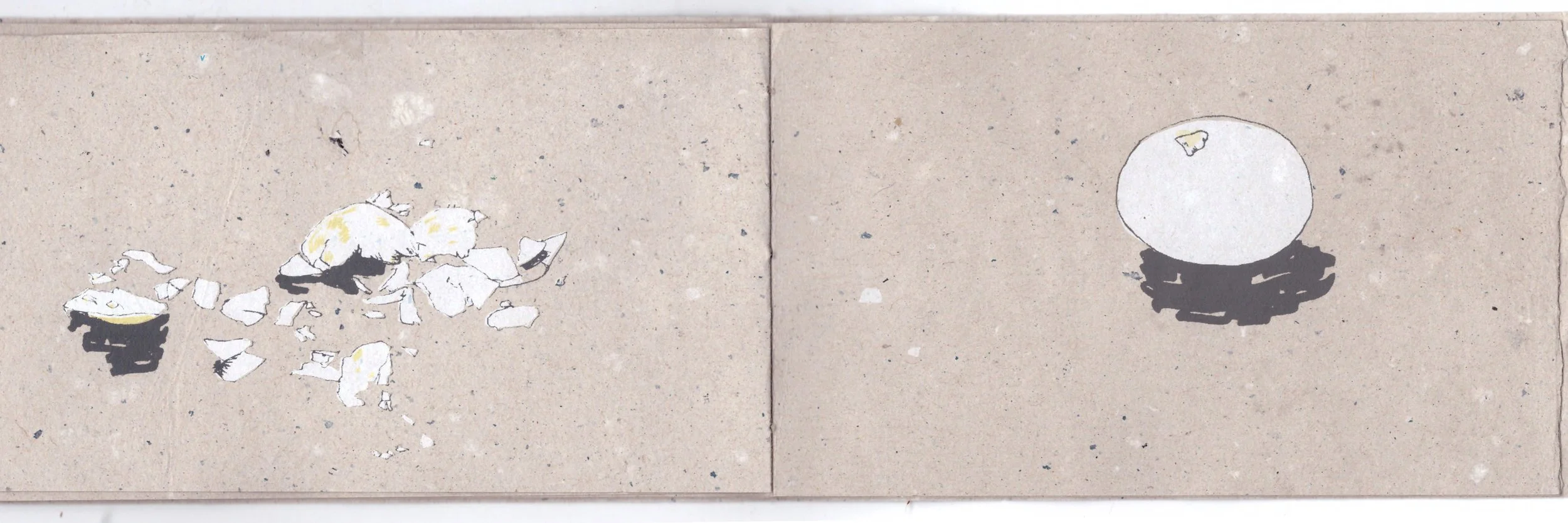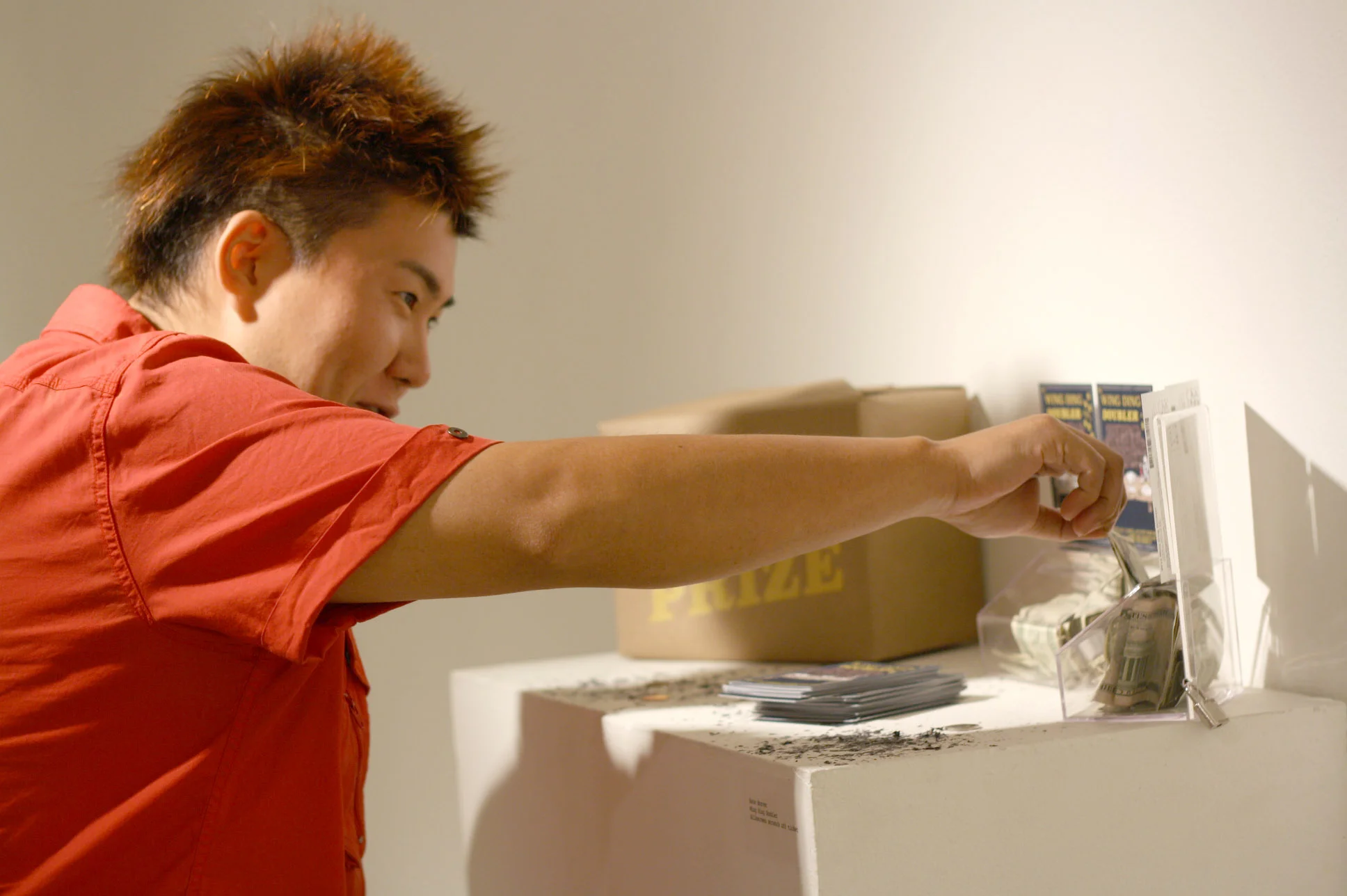NO ENDPOINT FOR THE STUBBORN considers the recent 100-year anniversary of the ratification of the Nineteenth Amendment and the history of the Women’s Rights Movement more broadly. As a result of 72 years of national activism promoting women’s suffrage, the Nineteenth Amendment’s ratification on August 18, 1920, legally guaranteed American women the right to vote. Yet, due to systematic oppression, the fight for equal rights continues on in the interconnected Civil Rights Movement and the Feminist Movement.
The work addresses the possibility of disorientation in the retelling of lived histories. What gets overwritten in our memories? In the histories and stories told? The activists represented here in text and image questioned their own realities. They dedicated, or, continue to dedicate, their lives to their collective belief in the possibility of change.
Feminism, as defined by activist, author, and educator bell hooks, is “a movement to end sexism, sexist exploitation, and oppression.” The four individuals depicted in these banners— Fannie Lou Hamer, Angela Davis, Gloria Steinem, and Malala Yousafzai —are all historically significant individuals dedicated to improving the lives of women globally.
For this work, I collected mass produced digital and physical ephemera as a way to archive and reinterpret feminist collective action, events, and social change. Within the images and texts, there exists proof of conversations or newsworthy gatherings, and by selectively cropping, dithering (an image processing technique using random dot patterns) and reinterpreting these photos into banner sized drawings, the images are taken into an all-new context. The dithered images can be viewed as mimicking a cloud— imperceptible and formless up close, but digestible from far further back. Each tiny dot is in a state of freefall–groundless and unstable but each one simultaneously depends on each other in a type of cooperative interdependence. How does each dot fall, and how does it land? Do they form alliances with one another?
Yellow pennants featuring phrases like, “How long must women wait for liberty?” were used by supporters of the women’s suffrage movement. Installed en masse, these pennants, like the individual dots within the banners, function within a structure of cooperative interdependence. Each pennant displays questions that I have selected from feminist writing, calls to action, and printed ephemera. Removed from their context and placed amongst one another, they take on new and ever-changing interpretations.
NO ENDPOINT FOR THE STUBBORN was displayed at the Mulvane Art Museum in Topeka, Kansas from June - December, 2021.
Mulvane Art Museum



































































